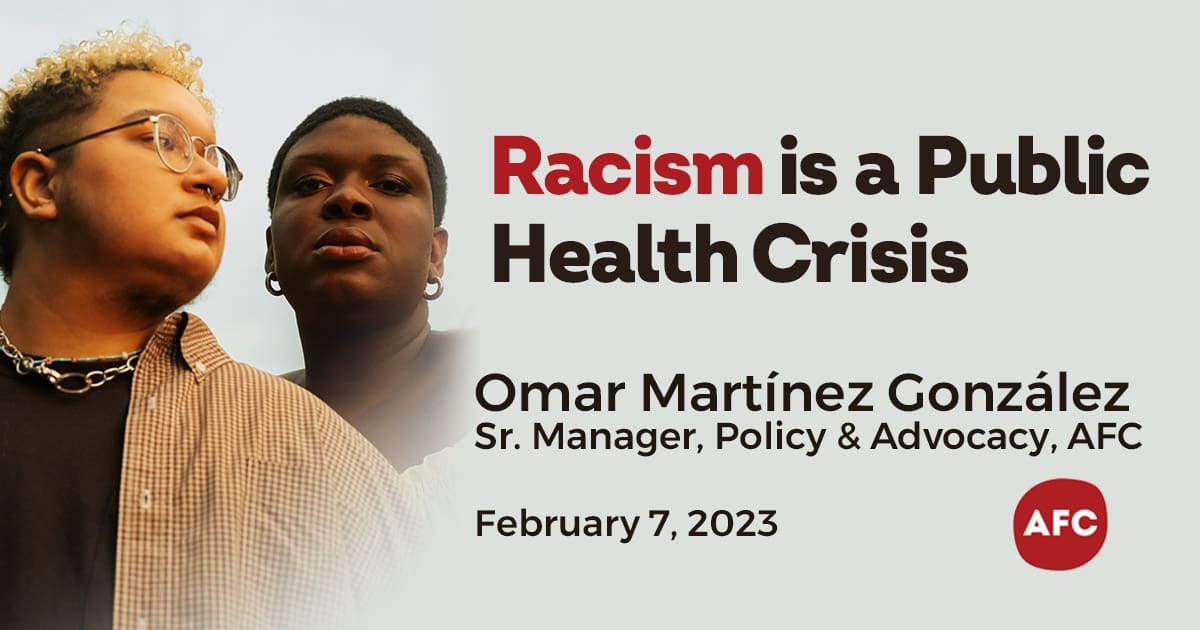
By Alaina Kennedy
The Trump Administration issued a detailed budget proposal for 2018 and the next decade. This budget does not contain any binding language but does lay out the president’s priorities for federal programs. It is regarded as a powerful directive from the executive branch to Congress regarding national policy and priorities, but the “power of the purse” ultimately lies with Congress.
The House approved the Budget Committee’s plan on Oct. 5. That same day, the Senate Budget Committee voted on its own version. These resolutions are not law; they are a roadmap for what Republicans would like, and they change the rules for passing certain legislation. While the details vary, all three plans are broadly similar.
Health Care in the Budget Resolution
The budget resolution supports continued efforts to repeal and replace the Affordable Care Act (ACA) and Medicaid Expansion.
Senate Plan: cut Medicaid, Medicare, ACA subsidies for health insurance, and related health programs by $1.8 trillion;
Trump and House plans: cut these programs by $1.9 trillion and $2.0 trillion, respectively.
The House and Trump plans also explicitly endorse the ACA repeal legislation that the House passed in May, which the Congressional Budget Office (CBO) estimates would cause more than 20 million people to lose health coverage and raise premiums, weaken coverage, or both, for millions of others. The House and Trump plans also propose additional Medicaid cuts on top of those in the House-passed repeal bill.
These budget resolutions are setting the stage for devastating cuts to programs and services our communities and networks rely on.
Lastly, the AIDS Budget & Appropriations Coalition (ABAC)’s letter to Congress about maintaining funding and rejecting cuts for domestic HIV and related programs. There was an impressive amount of organizations which signed onto the letter: 231 organizations to be exact! The letter was sent to all Hill staff this week.

